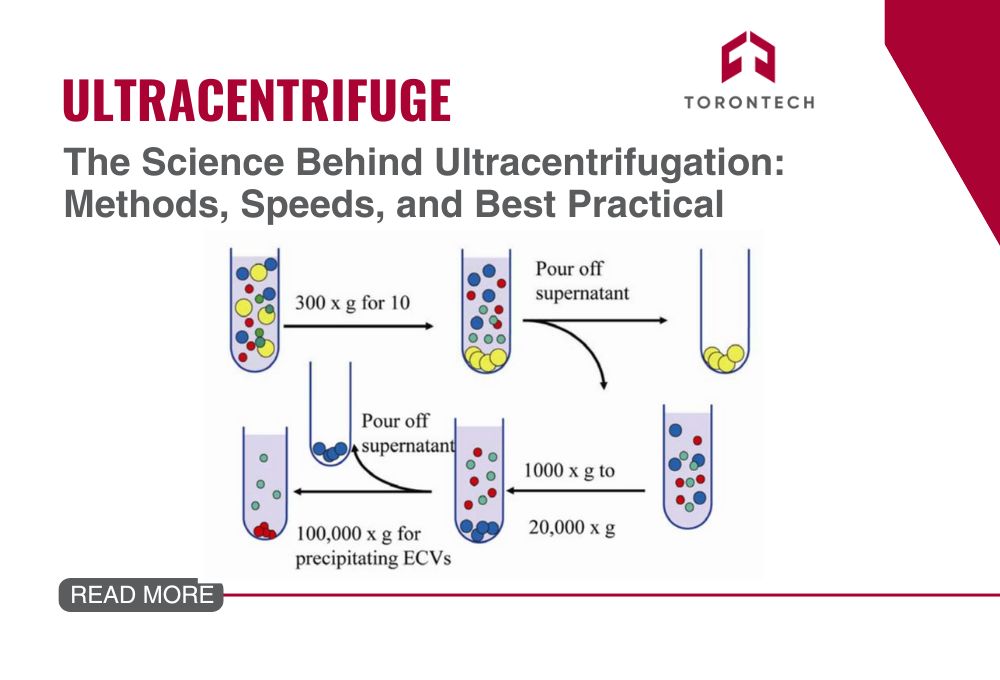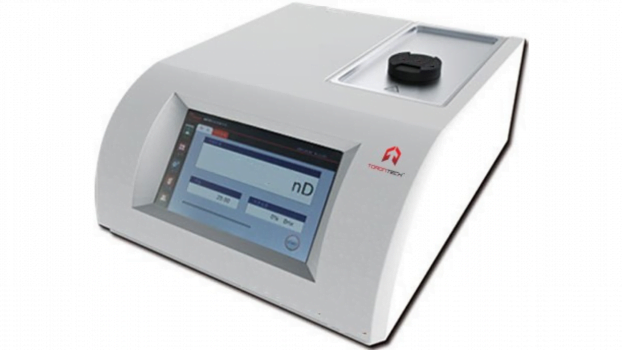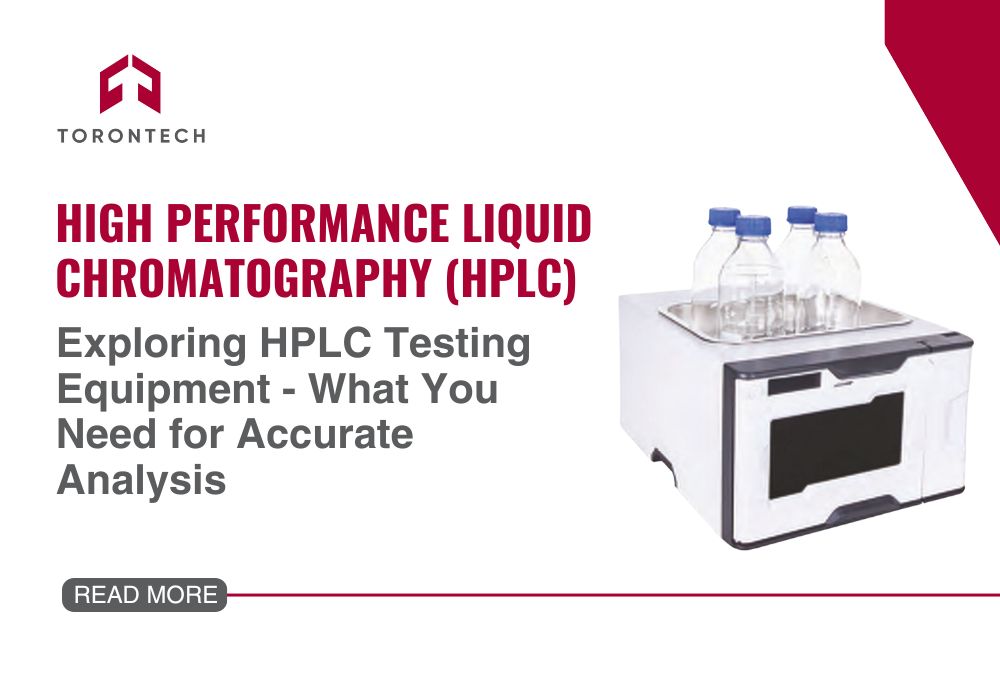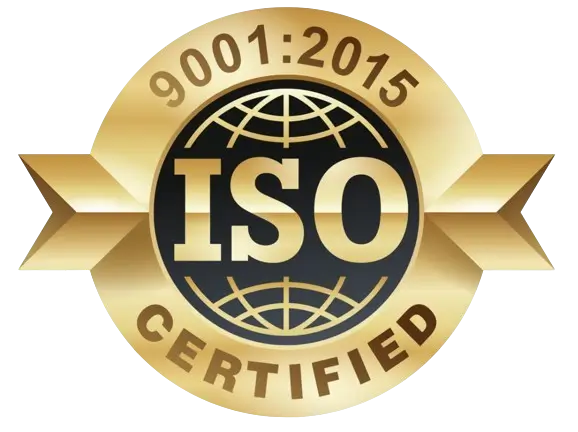Imagine being able to separate complex biological samples with precision that reveals even the tiniest molecular details. This is what makes ultracentrifugation such a game-changer in research. High-speed ultracentrifuges, spinning at over 100,000 rpm, generate enormous forces, allowing you to isolate proteins, analyze macromolecules, and even determine molecular weights with unmatched accuracy.
Before diving into the methods and speeds that make ultracentrifugation so effective, it’s worth exploring what ultracentrifugation is used for and why it’s indispensable in the lab. Whether you’re new to this technology or looking to refine your techniques, understanding its applications will help you harness its full potential.
Understanding Ultracentrifugation
So, what is ultracentrifugation used for? At its core, ultracentrifugation allows you to separate particles within a sample based on their size, shape, and density. This technique is crucial for various applications, including protein purification, molecular weight determination, and the isolation of specific biological components like DNA, RNA, and lipoproteins.
The uses of ultracentrifuge span across numerous fields, from biochemistry to polymer chemistry. Whether you’re isolating exosomes, sedimenting cellular components, or studying plasma protein binding, ultracentrifugation provides the precision needed to achieve clear separations.
As you explore these applications, understanding the difference between high-speed centrifuges and ultracentrifuges becomes key to selecting the right tool for your work. Ready to dive deeper? Let’s explore the methods that make these outcomes possible.
Ultracentrifugation Methods in Depth
Ultracentrifugation offers a variety of methods designed to address specific research objectives. Here’s a breakdown of key techniques that might align with your lab’s needs.
1. Protein Purification
The ultracentrifugation method protein is essential for separating and analyzing proteins based on their sedimentation rates. This method helps you study protein interactions and molecular complexes, offering insights into their behavior, structure, and function, which are crucial in biochemistry and molecular biology.
2. Lipoprotein and Cholesterol Analysis
For lipid research, the ultracentrifugation method lipoprotein facilitates the precise separation of lipoproteins, which is vital for cholesterol analysis and cardiovascular studies. The ultracentrifugation method cholesterol is widely used in clinical settings to assess lipid profiles, providing critical data for understanding and managing heart disease.
3. Protein Binding Analysis
The protein binding ultracentrifugation method is particularly useful for determining how proteins interact with other molecules, such as drugs or ligands. This technique allows you to measure the binding affinity and capacity of proteins, which is crucial in pharmacology and drug development.
4. Polymer Chemistry
In polymer chemistry, osmotic and ultracentrifugation methods are applied to analyze the molecular weight and distribution of polymers. The ultracentrifugation method in polymer chemistry enables you to study the size and shape of polymer chains, supporting the development of new materials with specific properties.
5. Exosome Isolation
The exosome ultracentrifugation method is gaining importance in research areas like cancer biology and regenerative medicine. This technique isolates exosomes—small vesicles involved in cell communication. Understanding exosome content and function can lead to new therapeutic strategies, making this method valuable for cutting-edge research.
Each method requires careful consideration of centrifuge speed and rotor type to achieve optimal results. Selecting the appropriate method and equipment is critical for ensuring the success of your research. Next, we’ll explore how ultracentrifuge speed and rotor dynamics impact these processes.
Ultracentrifuge Speed and Rotor Dynamics
Choosing the right ultracentrifuge speed and rotor type is crucial for the success of your experiments. The rotor in an ultracentrifuge can spin as high as 1,000,000 x g, significantly higher than most common benchtop centrifuges, which are limited to around 65,000 x g. This difference in speed and force directly impacts the sedimentation process, allowing you to separate even the smallest and densest particles effectively.
The Role of Speed in Ultracentrifugation
Selecting the appropriate speed is essential because it determines the strength of the centrifugal force applied to your samples. Very high-speed ultracentrifuges are useful devices to sediment materials that require intense force to separate, such as proteins, nucleic acids, and other macromolecules. While high speeds can enhance the separation of small particles, they must be carefully managed to prevent sample damage or overheating.
Understanding Rotor Types and Their Impact
Different speed rotor types in ultracentrifugation are tailored to specific applications. Fixed-angle rotors are ideal for rapid pelleting, offering high-speed sedimentation of particles towards the bottom of the tube. On the other hand, swinging-bucket rotors allow for more uniform sedimentation along a density gradient, which is beneficial when separating complex mixtures. When comparing ultracentrifuge vs high-speed centrifuge, the choice of rotor and speed becomes even more critical to achieve the desired outcomes, whether for quick separation or detailed analysis.
Adjusting Speed for Specific Methods
Fine-tuning your ultracentrifuge speed can optimize the separation process for specific applications. For example, in the protein binding ultracentrifugation method, adjusting the speed ensures that proteins and ligands sediment correctly, maintaining their interactions. Similarly, precise speed settings are vital for the exosome ultracentrifugation method, where accurate separation of exosomes from other cellular components is crucial.
Calculating Radial Acceleration
To set the correct speed, it’s necessary to determine the radial acceleration of the ultracentrifuge using calculations. This calculation considers the rotor’s radius and the centrifuge speed (in rpm) to ensure that you apply the appropriate force for your specific separation needs. Understanding and applying these calculations allow you to optimize the centrifugation process, ensuring that your samples are treated with the exact conditions required for successful results.
Best Practices for Optimizing Ultracentrifugation
To achieve the best results with ultracentrifugation, it’s essential to follow best practices tailored to your specific applications. Here are some tips to help you optimize your processes and ensure consistent, reliable outcomes in your laboratory work.
1. Selecting the Right Ultracentrifuge and Rotor
Choosing the correct ultracentrifuge and rotor combination is crucial for your specific research needs. Consider the type of sample you’re working with and the desired outcome. For example, if you’re focusing on protein purification, a high-speed ultracentrifuge with a fixed-angle rotor might be most effective. Conversely, for density gradient separations, a swinging-bucket rotor is preferable. Matching the rotor to your application ensures optimal sedimentation and separation.
2. Calibrating Speed and Time
Proper calibration of ultracentrifuge speed and run time is essential for achieving accurate separations. Ensure that the speed is appropriate for the size and density of your particles. Over- or under-speeding can lead to incomplete separation or sample damage. Additionally, setting the correct run time is vital to avoid over-sedimentation, which can complicate the retrieval of your desired particles.
3. Sample Preparation and Handling
Prepare your samples carefully to avoid introducing bubbles or contaminants, which can affect the accuracy of your results. Ensure that samples are balanced within the rotor, as imbalances can cause vibrations that might lead to equipment damage or inaccurate sedimentation. Using buffer solutions that match the density of your target particles can also enhance the efficiency of the separation process.
4. Monitoring and Maintenance
Regularly monitor your ultracentrifuge during operation to ensure it is functioning correctly. Keep an eye on temperature controls, as overheating can damage sensitive samples. Routine maintenance of the ultracentrifuge, including cleaning the rotor and checking seals, will extend the life of the equipment and maintain the accuracy of your results. Proper care and calibration of your ultracentrifuge are key to maintaining its performance over time.
5. Optimizing Protocols for Specific Applications
Tailor your ultracentrifugation protocols to the specific needs of your research. For example, when conducting plasma protein binding using ultracentrifugation, adjust your speed and time settings based on the binding affinity of the proteins involved. In the case of exosome ultracentrifugation, ensure that the protocols are optimized to achieve clear separation from other cellular debris. Continuously refining your methods based on the results will help you achieve more consistent and reproducible outcomes.
By following these best practices, you can maximize the effectiveness of your ultracentrifugation processes, ensuring that your laboratory achieves the highest standards of accuracy and reliability. Whether you’re conducting complex molecular analyses or routine separations, attention to detail and careful optimization will make a significant difference in your research outcomes.
To further enhance your laboratory’s capabilities, consider investing in advanced equipment like the Ultracentrifuge TT-ULTRAC30. This high-speed refrigerated centrifuge is designed to meet the most demanding requirements, offering precision and reliability for your critical ultracentrifugation tasks. Explore the features and benefits of this cutting-edge solution to elevate your research to the next level.








